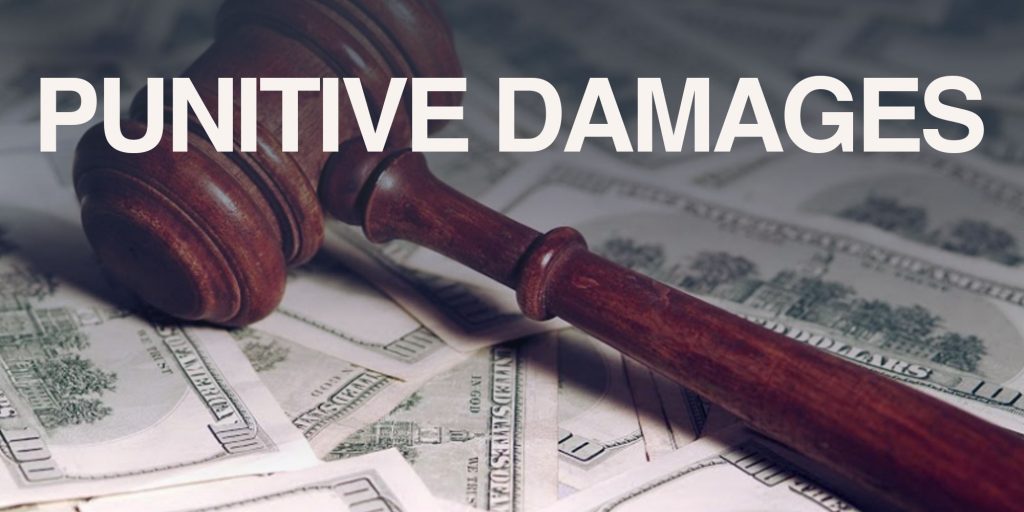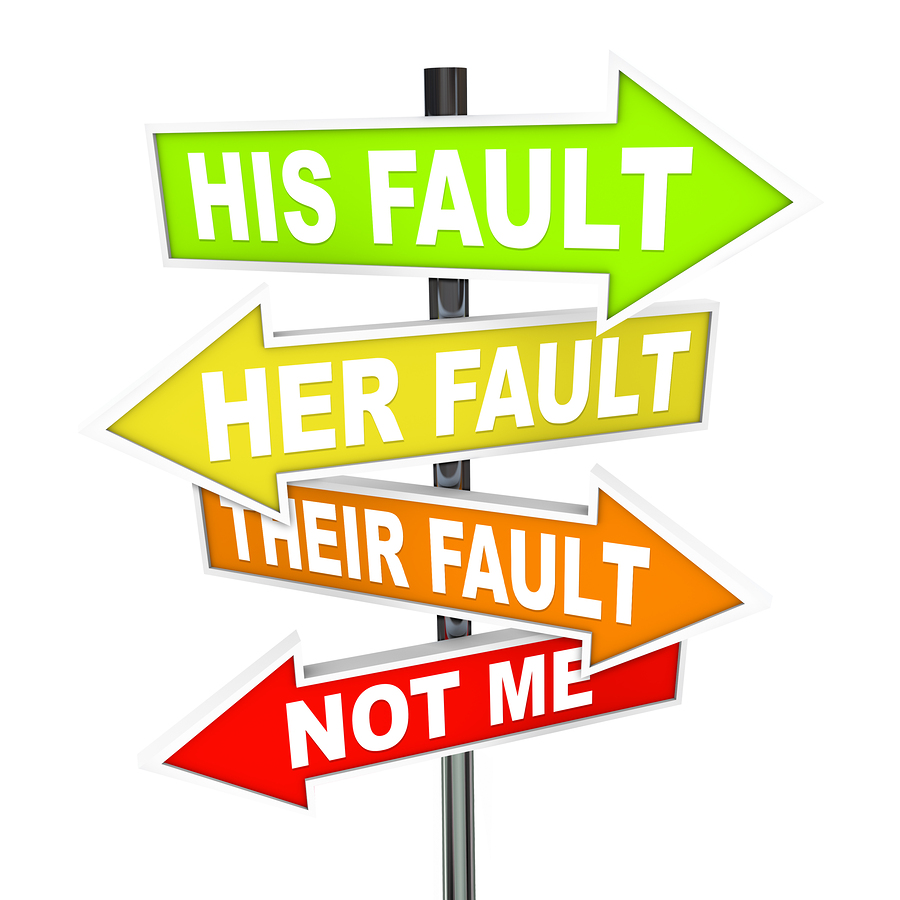Accidents and injuries can cause victims to suffer not only physical but also mental and emotional pain. In the area of injury law compensation is available for these intangible losses through a legal route known as “suing pain and suffering.” This article examines the meaning of pain and suffer in injury law and sheds some light on how to pursue justice using legal means.
What is pain and suffering damages?
In many cases, pain and suffering damages can be awarded in personal injury claims. The purpose of these damages is to compensate the victim for any losses resulting from their injury. It is difficult to define the term “pain and suffer”. The term “pain and suffering” can include:
Neck and joint pain after whiplash or other car accidents
Nerve injury from an incorrect surgical procedure
Trauma-related emotional conditions
Loss of a loved-one
Sometimes, a medical expert or a psychologist’s testimony is required to prove pain and suffering. Laws governing pain-and-suffering damages can vary from jurisdiction to jurisdiction.
Understanding Pain and Suffering
“Pain and suffering” is a legal term that refers to physical pain, emotional distress and mental anguish an injured person experiences as a result of an accident caused by another’s negligence. This term covers a wide range of negative feelings, such as anxiety, depression and fear. It also includes humiliation and loss of enjoyment in life.
Pain and suffering damages can be difficult to calculate, as they are subjective. Determining the value of pain, suffering and other damages is one of the most difficult aspects of personal injury claims.
The Importance of Pain and Suffering Damages
The law of injuries is a complex area, and the issue of pain and suffering has a lot to do with it.
The aim of pain and suffering damages is to compensate for the total impact that an injury has on an individual. These damages go beyond the financial burdens of medical bills and lost income to acknowledge the emotional and mental suffering that the victim suffers.
Recognizing Non-Economic Damages: Not all injuries result in losses that can be quantified. The pain and suffering damages are intended to compensate for the emotional and physical distress that an injured individual may feel.
Encourage Accountability. By giving victims the right to compensation for their pain and suffering, our legal system encourages people and organizations to be responsible and to take preventative measures to avoid accidents.
Calculating pain and suffering damages
There is no formula that can be used to calculate the value of pain and suffering damages. This is because they are subjective. Legal professionals use a few common methods to come up with a reasonable estimation:
Multiplier Method: This method involves multiplying the total economic damages (medical costs, lost wages, etc.). The pain and suffering award is determined by multiplying the total economic damages (medical bills, lost wages, etc.) by a specific factor (usually between 1.5 to 5). The multiplier increases the more serious the injury and the impact it has on the victim.
The per diem method: This approach assigns a daily rate to the victim’s suffering and damages are calculated according to how many days the victim will experience suffering and pain due to their injuries.
Loss of Consortium: In certain cases, damages for pain and suffering may include the impact on family members or close friends of the victim. This is referred to as a “loss in consortium”. ”
In general, the greater the connection between the plaintiff’s pain and suffering and the injury, then the higher the likelihood that the plaintiff can recover damages. In some cases, the pain and suffering damages may be included in the total amount of damages awarded to the victim. Pain and suffering damages may also be included as part of “compensatory damage” in order to compensate the victim for their losses (such medical expenses or lost wages ).
In general, pain and suffering damages must be real and not imagined, particularly for awards of damages that cover emotional “suffering”. A damages award is more likely if the pain or suffering leads to an additional physical injury.
Many states also limit damages for pain and discomfort claims.
What Are Some Guidelines for Suing For Pain and Suffering in Court?
If you are filing a lawsuit for pain and suffering, it is important to follow the following guidelines:
Be as specific as you can when describing your condition. Conditions that are not proven will not lead to a damages award
Keep a record of your injuries, both before and after an incident. This will help you determine the extent of your pain and suffering in relation to that incident.
Save all documents that may be used to prove your case, including police reports, medical bills and receipts, wage stumps and other documents
Legal Representation: Its Importance
It can be an emotionally draining and difficult process to sue for pain and suffer. Expertise and legal knowledge are required to prove the extent of non-tangible damages, negotiate with insurance companies and opposing legal teams and to prove intangible damage. In such cases, a personal injury lawyer who is knowledgeable and can advocate for the victim’s interests becomes essential.
In injury law, suing for pain and suffering is meant to provide a sense justice and fairness for victims of accidents that were caused by negligence. The legal system recognizes the impact of injury on an individual by compensating intangible damages. The process of calculating these damages and seeking them can be complicated, but the pursuit of justice by legal means provides a sense closure and financial support for those who have suffered emotionally and physically due to others’ negligence.
Only in very limited circumstances can pain and suffering damages be awarded. If you need assistance with a personal injury lawsuit, it is best to hire a lawyer. Your lawyer can represent you and provide the expertise required to prove damages. Your personal injury lawyer can also assist you if you need to make any motions in relation to your damages award.









